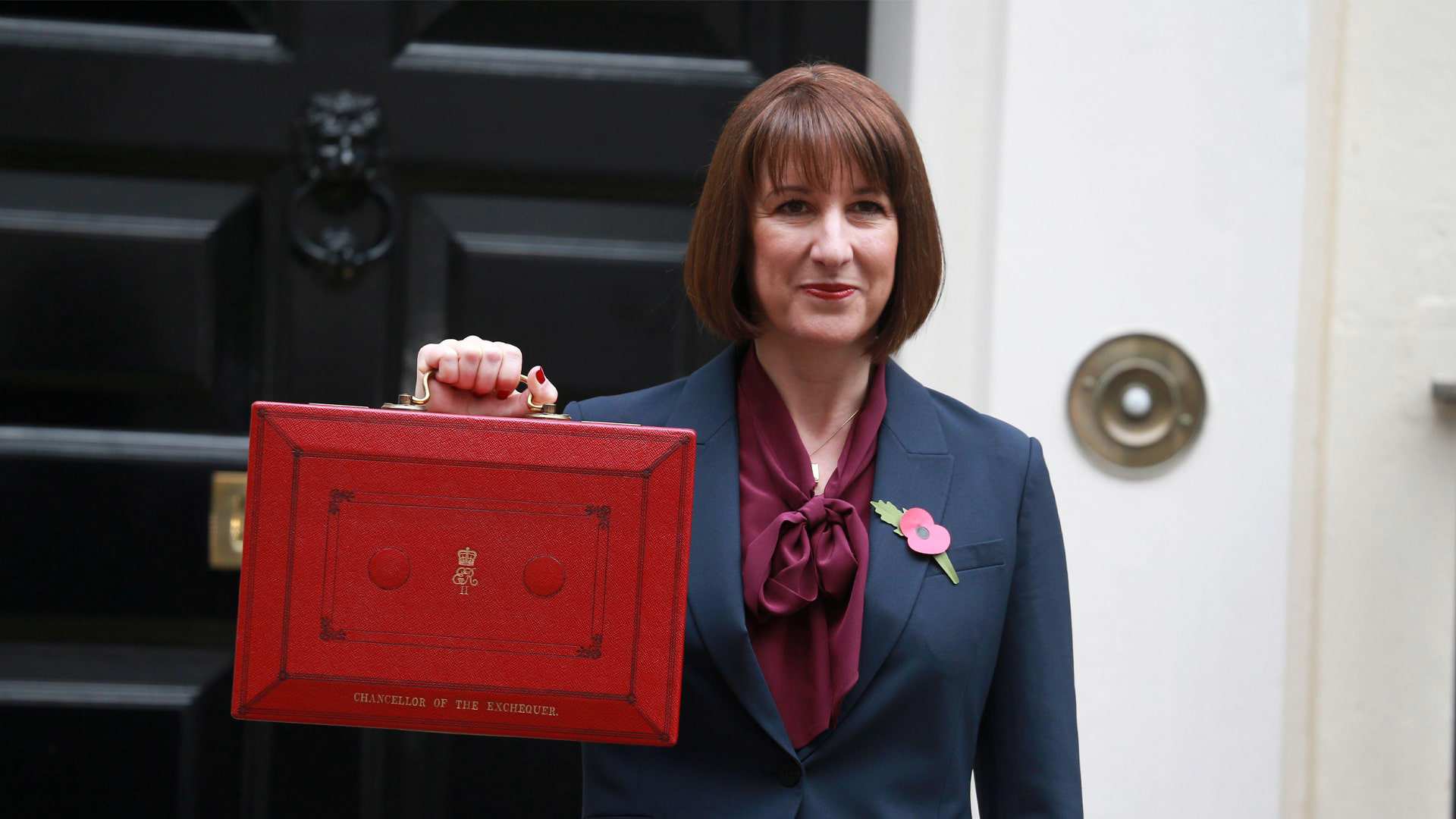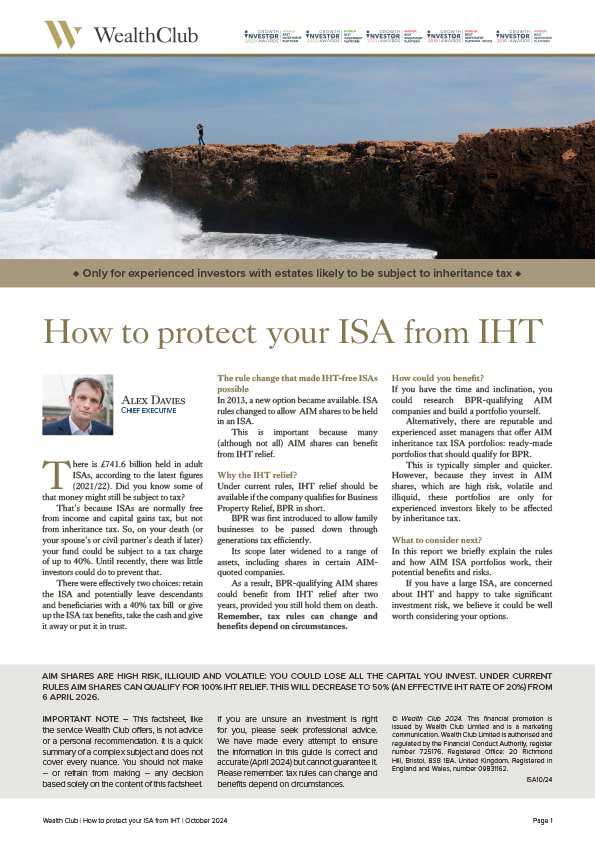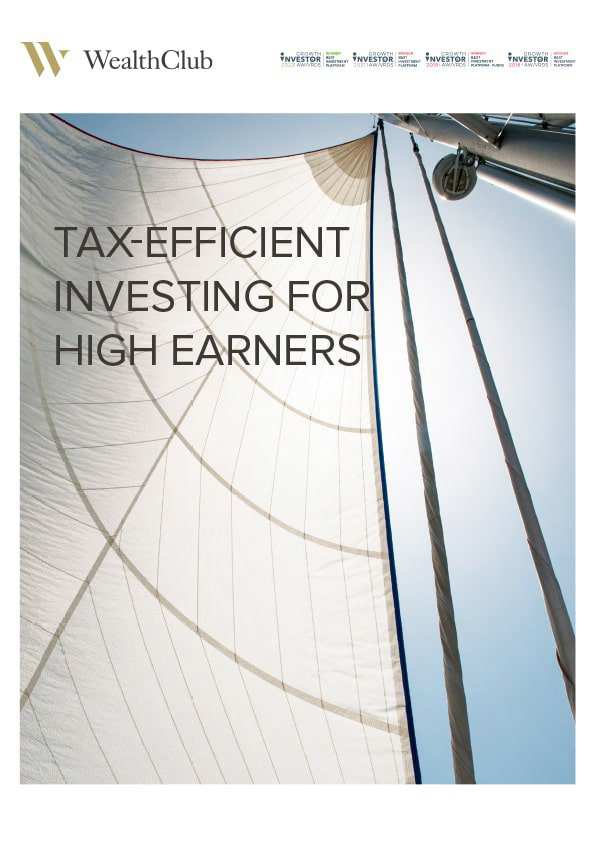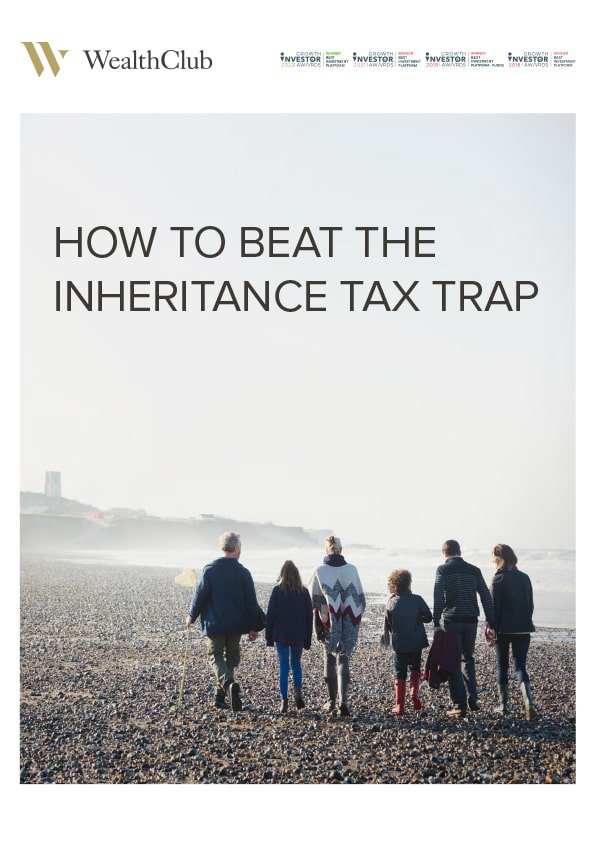What are AIM IHT ISAs?
AIM IHT ISAs or AIM Inheritance Tax ISAs are portfolios of AIM-quoted shares that should benefit from IHT relief, designed to be held in an ISA.
The portfolio is built and managed by a specialist professional manager.
Whilst you’re invested, any growth and income are tax free. After your money has been invested in these shares for at least two years, it should benefit from IHT relief, provided you still hold them on death and they remain qualifying.
Important: The information on this website is for experienced investors. It is not a personal recommendation to invest. If you’re unsure, please seek advice. Investments are for the long term. They are high risk and illiquid and can fall as well as rise in value: you could lose all the money you invest. Tax rules can change and benefits depend on circumstances.
Key AIM IHT ISA facts
Read all or skip to the information you're after
|
|
In what kind of companies do AIM IHT ISAs invest?
AIM IHT ISAs invest in AIM companies that qualify for BPR. AIM is a diverse market, comprising around 600 companies worth up to over £2 billion (July 2024). AIM IHT ISA managers often focus on established, larger, mature businesses. They should be more resilient and deliver growth but can still be quite volatile.
When you invest in an AIM portfolio you acquire shares in the underlying companies.
Why do AIM ISAs get IHT relief?
The portfolios invest in AIM companies that qualify for Business Property Relief, BPR in short.
BPR was first introduced in 1976 to allow family businesses to be passed down through generations free of IHT. Its scope subsequently widened and since 1996 it was made available for a range of assets, including private and certain AIM-quoted companies.
Under current rules, if you hold shares in AIM companies that qualify for BPR for at least two years and still hold them on your death, the investment should qualify for 100% IHT relief, provided the companies remain qualifying. From 6 April 2026, this will reduce to 50% IHT tax relief (an effective IHT rate of 20%).
What are the main benefits of investing in an AIM ISA?
If you are happy to take on significant investment risk, the benefits include:
- Tax-free income and growth – for as long as you live.
- Pass on more of your wealth free of IHT – shares in AIM BPR-qualifying companies can benefit from IHT relief.
- Speed – IHT relief kicks in after just two years. This compares favourably to other forms of estate planning.
- Simple to apply – investing in an IHT portfolio requires a simple transaction, similar to investing in other tax-efficient products. There are no eligibility criteria for income, health or age. Investors are, however, required to answer some questions about their investment knowledge and experience.
- Control – your money is not locked away. Should your circumstances change or should you need access, you can make withdrawals. The amount you withdraw will lose its ISA status and will no longer be IHT free, but what remains invested should be.
- Professional management – the portfolio is managed by a professional team, which researches and selects the investee companies and monitors them to ensure they remain BPR qualifying.
What are the main risks of investing in an AIM ISA?
- Your capital is at risk – your investment can fall as well as rise in value so you could get back less than you invest. In addition, because AIM-listed companies tend to be smaller, more volatile and subject to less stringent checks than those quoted on the main London Stock Exchange, the risks are greater.
- Less diversification – an AIM ISA may be less diversified than a well constructed Stocks & Shares ISA portfolio.
- IHT relief is not guaranteed – tax benefits depend on circumstances and tax rules can change. To benefit from IHT relief you must hold the investment for at least two years and on your death and the companies must maintain their qualifying status. The government may change the rules on BPR in future.
- Investments may be difficult to sell – shares in AIM-listed companies are more illiquid than those quoted on the main London Stock Exchange, so they may be more difficult to sell.
- Not for everyone – AIM ISAs are only for experienced investors, who fully understand and are happy with the benefits and risks. You should only invest if you can withstand loss of capital.
Member exclusives
Free guides & factsheets
Explore more about AIM IHT ISAs and inheritance tax – download our free guides and factsheets
How much can I invest in an AIM IHT ISA?
You can transfer unlimited amounts from existing ISAs.
The maximum that can be subscribed to an AIM ISA in a given tax year is determined by the ISA allowance at the time – currently £20,000 per individual.
The minimum investment in an AIM IHT ISA will vary depending on the provider. In some cases, the minimum investment is higher than the current ISA allowance, so the portfolio can only be accessed by transferring existing ISAs.
What to consider when transferring existing ISAs?
If you have built substantial wealth in ISAs over the years, one of the most effective ways to protect it from IHT could be to consider transferring it to an AIM ISA.
The process is relatively straightforward:
- You complete and sign a form issued by the AIM IHT ISA provider, which gives it authority to request a transfer from your existing provider(s). You can usually choose to transfer the whole value of your ISA or part of it.
- Your investments will typically be liquidated and the realised value transferred as cash. How long this takes will be determined by your existing provider.
- Once the AIM IHT ISA provider receives the funds, it will invest them.
Before transferring you should double check what fees you might incur. There are normally no transfer-in fees, but your existing provider(s) may charge transfer-out fees. Moreover, you will be out of the market whilst the transfer takes place so your funds will not be affected by any rises or falls in the period.
You can transfer any type of ISA, but please remember AIM IHT ISAs are for experienced investors only. They could be more risky and illiquid than other types of ISA. Before transferring please make sure you are comfortable with the risks.
Could I take an income from an AIM IHT ISA?
You can take money out – even liquidate the whole portfolio.
Most providers will facilitate withdrawals. It could be a one-off or regular withdrawals. Any withdrawals are tax free.
It’s important to note any withdrawals will reduce the amount you can expect to be eligible for IHT relief. Moreover, the amount you withdraw will be part of your taxable estate again, unless you spend it. Lastly, after you withdraw money from an AIM ISA, you can only put it back in up to the unused amount of your current ISA allowance. This means you may lose the tax benefits on the amounts withdrawn from your ISA.
Please remember tax benefits depend on circumstances and tax rules can change.
How to claim inheritance tax relief on AIM IHT ISAs?
Similar to what happens with unquoted IHT portfolios, the executors of the will or administrators of the estate can claim Business Property Relief when they value the estate.
They may have to submit schedule IHT412 (Unlisted stocks and shares and control holdings) in addition to form IHT400 (Inheritance Tax account) and alongside any other forms the estate’s circumstances will require as part of the probate process.
The AIM IHT ISA manager will typically send details of the investment along with an information pack to help with this.
What happens to my AIM IHT ISA when I die?
If you have a surviving spouse or civil partner, they can receive a one-off ISA allowance (known as an Additional Permitted Subscription or APS) equal to the total value of your ISAs. This means they can add your ISA to theirs upon your death whilst the funds remain in the ISA. For AIM ISA investments, this does not reset the two-year clock for BPR. Read more on the rules »
If the ISA is not being inherited by a spouse or partner, there are three main options for the executors of the will or administrators of the estate:
- The portfolio could be liquidated and any proceeds could be passed on to your beneficiaries.
- The portfolio could remain invested for the beneficiaries, but outside an ISA
- The portfolio could be liquidated and the proceeds used to pay any inheritance tax due on other assets, such as your home, directly to HMRC.
If you died within two years of the investment and the portfolio was liquidated, the proceeds could be subject to IHT, unless it is passed on to your spouse or civil partner.
How do I invest?
If you’re an experienced investor comfortable with the risks, visit the offers page for a list of opportunities available. The two-year clock starts ticking once shares have been bought. Compare current AIM ISA offers »
What are the charges?
An AIM IHT ISA will have an initial charge (they vary widely from zero to 4.5%) and an annual management fee (typically in the region of 2% plus VAT).
Providers may also apply dealing and performance fees and other charges. Please read the provider documents for full details of the charges.
Who might consider investing in AIM IHT ISAs?
AIM IHT ISAs are for experienced investors whose estates are large enough to be affected by inheritance tax and who want to retain the ISA benefits. They should only be considered as part of a wider investment portfolio by those who are happy to take significant investment risk. The type of AIM IHT ISA chosen depends on many factors, including attitude to risk and whether income is needed. If in doubt, always seek professional advice. Tax rules change and tax benefits depend on circumstances.
Can I sell my AIM IHT ISA?
One of the main advantages of investing in AIM IHT ISAs over other IHT-planning strategies is the degree of control you can retain. For instance, if your circumstances were to change, it is possible to request the funds. Of course, in this case, you would, however, lose the IHT relief.
Read more on...
Find out the key facts about AIM Inheritance Tax (IHT) ISAs: what they are, how they work and where they invest. You can also explore more in depth what the key IHT rules are and how they affect ISAs.
Stay in the know
Insights & updates
-
IHT record takings again – what options could help shield wealth?
What options are available to experienced investors concerned about IHT, comfortable with investment risk, and looking to pass on more of their wealth to loved ones?

-
Budget 2024: inheritance tax changes
In the 2024 Budget the Chancellor announced changes to current Inheritance Tax (IHT) rules. What is changing, and how might these changes affect investors?

-
AIM IHT ISAs – an attractive option for IHT-relief seeking investors?
Over 10 years ago, HMRC introduced an important change to ISA rules which meant experienced investors could get IHT relief on their ISA. Read more…





